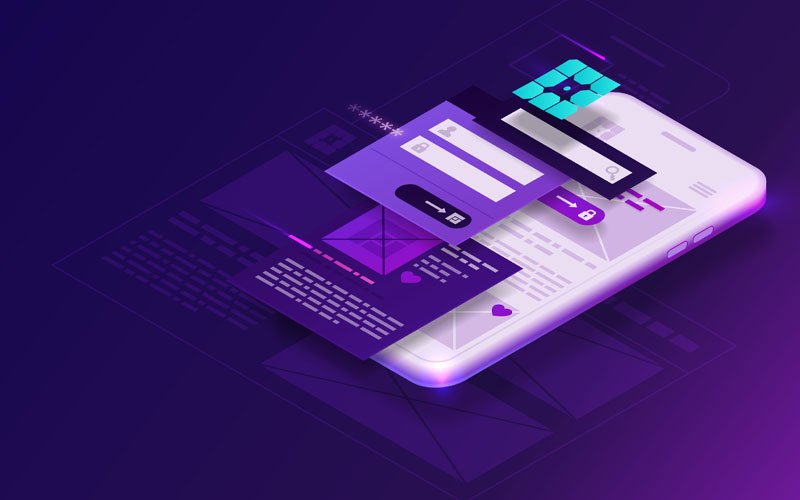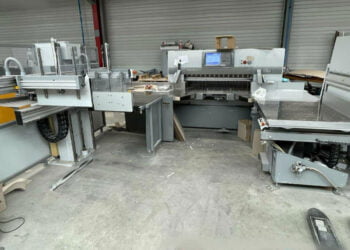Headless commerce involves separating the front-end operations from the back-end operations of a business. Front-end operations involve every user or customer’s activity or interaction with a website. The front-end accounts for the overall look and feel of a customer’s online experience. You can click here to learn more about the headless front-end and its application in eCommerce. The following article looks at how headless is beneficial in driving enterprise brands.
How Headless is Driving Enterprise Brands
Headless commerce is taking shape in most enterprises and contributes largely to driving enterprise brands. The following points explain how headless is driving innovative brands.
Advanced technology to create visionary, fast websites
The headless environment allows brands to experiment with new technologies. Separating the front-end from the backend makes it possible for developers to design whenever they want. It removes any limitations to the conventional CMS.
The front-end of most eCommerce websites regulates what customers or users see. It allows for flexibility in content supply since the connection to a CMS, DXP or IoT specially developed for creating content is possible. Hence, switching the front-end with zero effects on the back-end operations becomes easy.
Flexibility and familiarity for frontend developers
Headless commerce drives enterprise brands by enabling brands to select the eCommerce platform, which operates best as the engine for their online store, and at the same time, operates with the front-end of their liking, which could be a CMS, PWA, DXP, or a conventional solution.
Headless allows a development team to retain a particular technology or programming language they are happy operating with while restructuring their processes and increasing efficiencies.
Scalability
Headless technologies can drive enterprise brands by future-proofing your brand with the emergence of new trends. That way, the headless technique allows you to alter your front-end without the need to re-platform on the back-end.
Utilizing APIs (Application Programming Interface), front-end designers can bring back-office functionality to your current system and use frameworks however they want.
The headless solution enables the separation and individual operation of every new functionality while integrating new features as your site develops. It eliminates the need to construct a new website from scratch, which can be costly and time-consuming.
Marketing effectiveness for innovation without hurting backend processes
Headless solutions enable the integration and adoption of novel technologies and trends as they arise. Your marketing crew will have total freedom to invent and construct numerous user experiences across various channels without interfering with your back-end operations.
Speed to market for international and Omnichannel GTMS
Replicating a headless solution in all your areas of business is possible if you have already set up the system. The headless solution can be optimized for international SEO (Search Engine Optimization) and connected to the total data composition infrastructure.
The separation between frontend and backend operations makes it possible for developers to tackle customers experiencing challenges separate from the commerce engines. That implies front-end and back-end can continuously innovate without relying on the other to complete operations.
That way, headless commerce can facilitate quicker access of eCommerce brands to the market. Others provide enterprise launch correspondences and data migratory services to aid enterprises in integrating their present systems and speed up market access.
Conversion rates and lower customer acquisition costs
Customer acquisitions are rising for most businesses because of the escalating costs of paid advertising. However, headless utilizes content or experience-guided technique to attract organic traffic rather than depending on paid advertising.
Also, you can run uninterrupted tests on both front-end and back-end solutions to identify the one that attracts more traffic. That way, you understand your audience better and enhance your conversion rates quicker than old-fashioned online brands.
Thus, headless drive enterprise brands by reducing acquisition costs and increasing conversion rates.
Go truly Omnichannel
Study shows that 73% of consumers utilize numerous channels to make purchases, where they view a single channel as insufficient. Headless commerce implies being able to showcase your content across the multiple channels you currently have and the ones you intend to add in the future. Also, you can add innumerable online plus offline experiences since it is possible to amend the front-end without altering the back-end.
The headless platforms make the creation of omnichannel experiences possible. It does so by facilitating the availability of your products in various storefronts, and your store.
Conclusion
Headless eCommerce involves the separation of the front-end and back-end operations. Headless commerce drives enterprise brands in various ways explained above. The separation of the front-end from the back-end operations makes it possible. Headless commerce is very promising for the future of businesses, and one could not be any wiser by investing in it.





